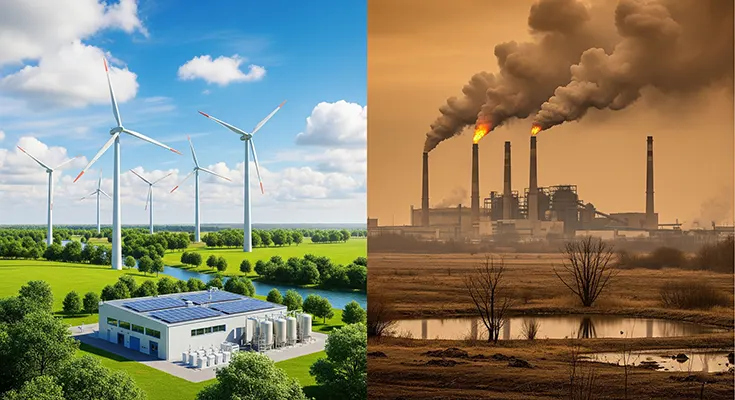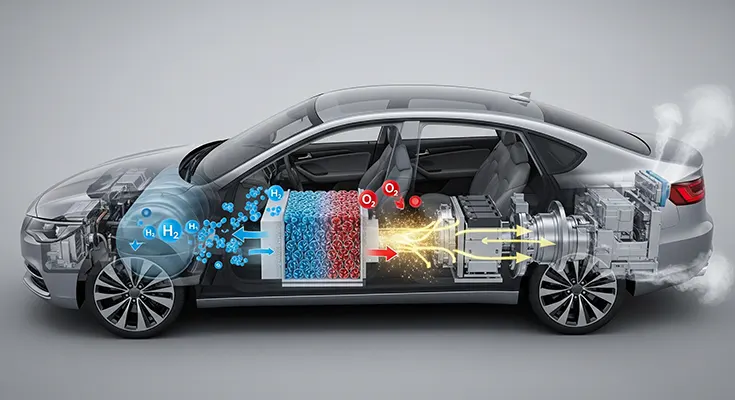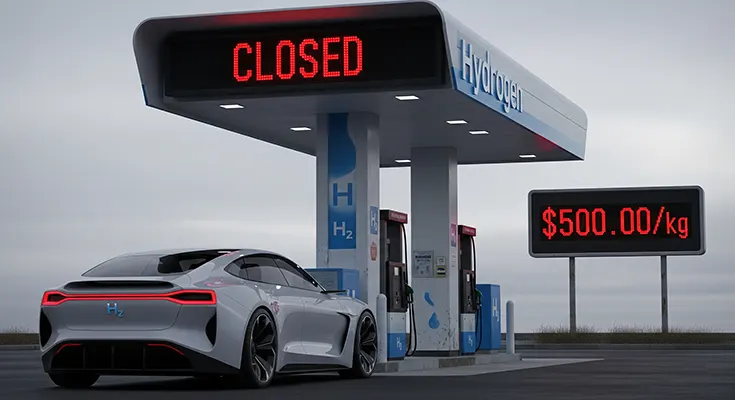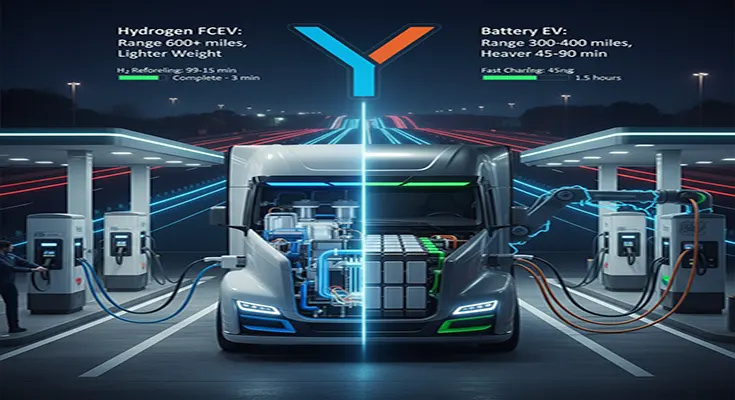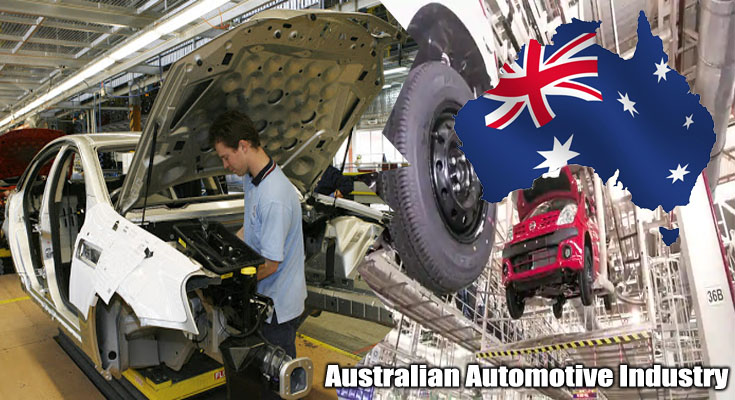Hydrogen fuel cell vehicles (FCEVs) are often lauded as the ultimate clean transportation solution, with their tailpipes emitting nothing but harmless water vapor. However, this “zero-emission” label is only half the story. The true environmental impact of a hydrogen car is not at the tailpipe, but at the point of production. The way hydrogen is produced—and the energy source used for that process—determines whether it is a truly clean fuel or a perpetuator of the very problems it seeks to solve.
The hydrogen industry has adopted a color-coding system to differentiate between various production methods and their associated environmental footprints. Understanding this system is crucial to evaluating hydrogen’s role in a sustainable future.
1. Gray Hydrogen: The Current Reality
The vast majority of hydrogen produced globally today is “gray” hydrogen. This is the most common and cheapest form, but it comes at a significant environmental cost.
- How it’s Made:

